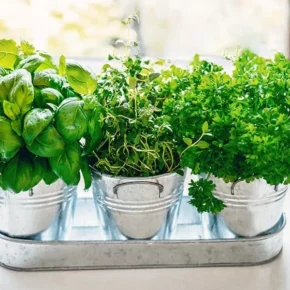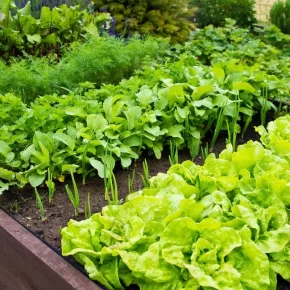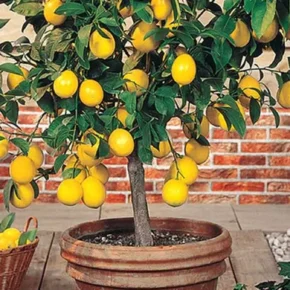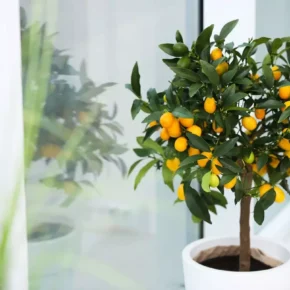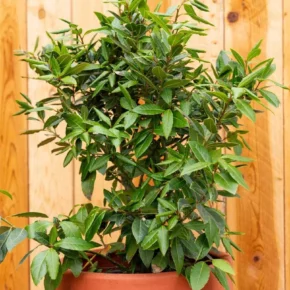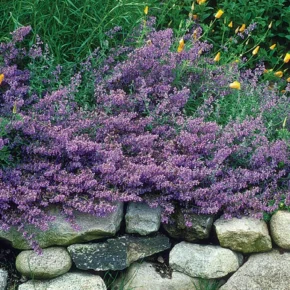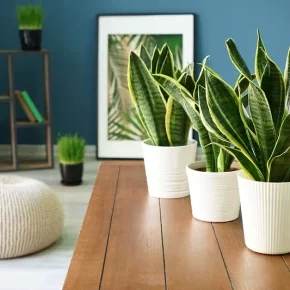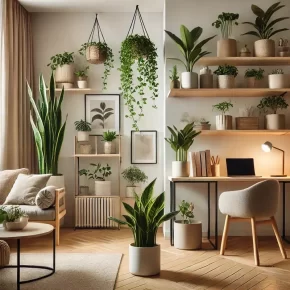Growing your own greens on your windowsill is a great way to get fresh, healthy produce year-round, no matter the season. In addition, it is a great alternative to store-bought greens, which are often treated with chemicals.
Such a mini-garden not only decorates the interior, but also provides you with fresh herbs for cooking.
1. What greenery to choose for the windowsill
Various types of greenery are suitable for growing on the windowsill. Here are some of the most popular options:
- Basil is an aromatic spice that can be used in many dishes.
- Parsley is an excellent source of vitamins, especially useful for the winter months.
- Cilantro (coriander) – has a bright taste and is an ideal addition to many dishes.
- Mint is used not only in cooking, but also in tea.
- Dill is easy to grow, often used in salads and sauces.
- Salad crops (arugula, spinach) are suitable for salads and sandwiches.
- Green onions – grow quickly and are an excellent source of vitamins.
2. How to choose a place for cultivation
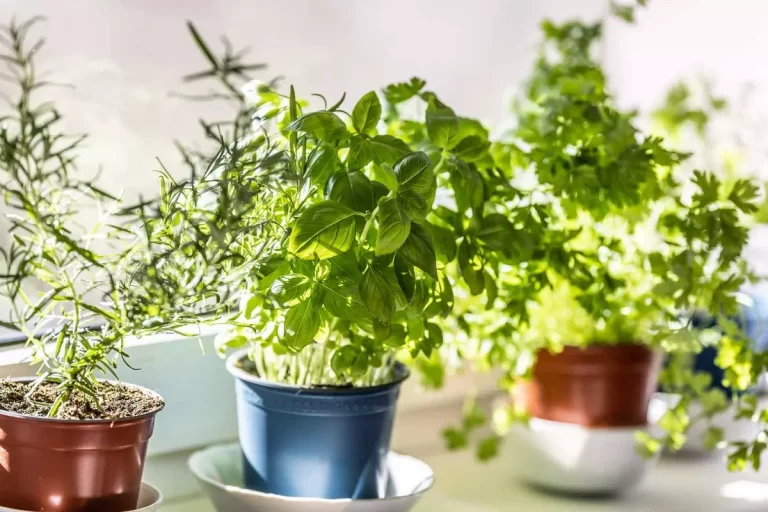
Greens on the windowsill need the right conditions for growth. Here are some tips for choosing a location:
- Light : Greens need a lot of light, so it is best to place the pots on windowsills facing south or east. If the lighting is not enough, you can use phytolamps or ordinary lamps for additional lighting.
- Temperature : Most types of greenery like heat, so the temperature in the room should be between 18-24 °C. Avoid drafts and placing pots near batteries where the air may be too dry.
- Moisture : Plants need regular watering, but do not oversaturate the soil with moisture to avoid root rot. Some types of greens, such as mint, like higher humidity, so you can lightly spray them with water.
3. Preparation of soil and containers

An important aspect of successfully growing greens is the right soil and pot preparation.
- Selection of soil : The best suitable is a special soil for seedlings, which can be purchased at any garden store. It has a balanced composition and provides plants with nutrients. If using regular garden soil, make sure it is not too dense.
- Pots : Use pots with drainage holes so excess water can drain away. This will help to avoid water stagnation and rotting of the roots. For growing greens, you can use both individual pots for each plant and long containers for several crops.
- Drainage : Place a layer of drainage (such as gravel or expanded clay) on the bottom of the pot to ensure good drainage.
4. Sowing and care for greenery

To grow healthy greens, it is important to sow the seeds correctly and provide them with proper care.
- Sowing : Seeds are sown in moistened soil to a depth of 1-2 cm (depending on the type of greenery). After sowing, cover the pot with film or glass to create a greenhouse effect. This will help the seeds germinate faster.
- Watering : Greens should be watered regularly, but not excessively. The soil should be moist, but not waterlogged. It is best to water plants under the root or with a sprayer.
- Fertilization : When the greens begin to grow actively, you can feed them with organic fertilizers for indoor plants. However, do not overdo it with fertilizers – an excess amount can negatively affect the taste of greens.
5. Harvesting and maintaining growth
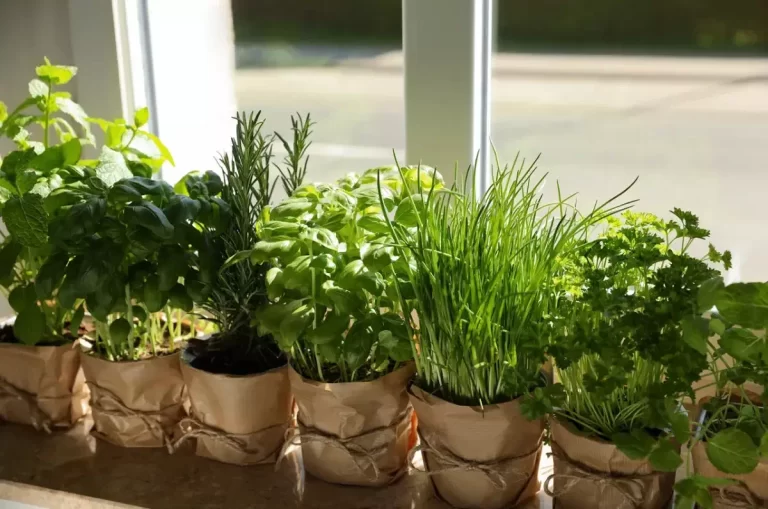
Proper harvesting is an important step in maintaining healthy plant growth.
- Regular harvest : To keep the greens from growing, regularly cut the tops or individual leaves. This stimulates the plant to form new shoots and leaves.
- Pruning : For example, basil and mint can be pruned to the third or fourth leaf to encourage new shoots.
- Green onion : It can be cut at a height of about 5-7 cm from the base. Leave the roots in the soil – after a few weeks it will grow again.
6. Common problems and their solutions
Some problems may arise when growing greens on the windowsill. Here are a few of them:
- Insufficient light : If the greens are elongated and pale in color, this may indicate a lack of light. Add artificial lighting if natural is not enough.
- Dry soil : Too dry air or irregular watering can cause plants to dry out. Water the greens regularly and humidify the air.
- Pests : If you notice small insects or damage to the leaves, treat the plant with natural means against pests.
Growing your own greens on the windowsill is a great way to provide yourself with fresh and healthy products right at home. With simple tips and proper care, you can enjoy fragrant greenery all year round. Start with simple crops such as parsley, dill or green onions and gradually expand your “home garden” by adding new plants.


